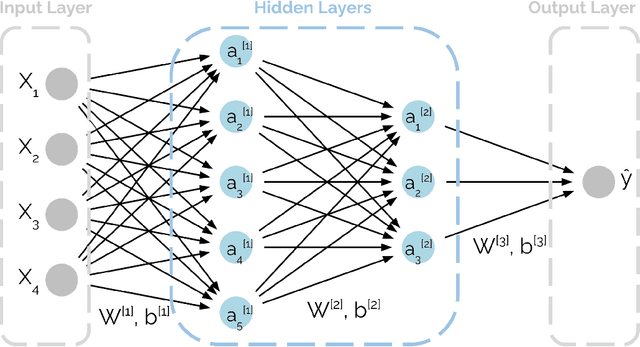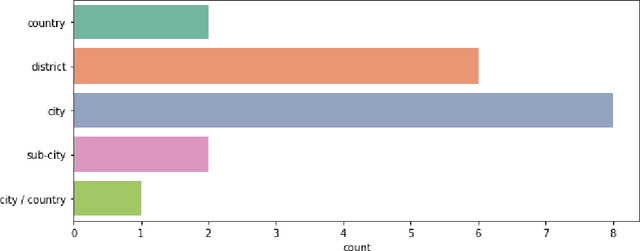Kirstin Roster
Forecasting new diseases in low-data settings using transfer learning
Apr 07, 2022



Abstract:Recent infectious disease outbreaks, such as the COVID-19 pandemic and the Zika epidemic in Brazil, have demonstrated both the importance and difficulty of accurately forecasting novel infectious diseases. When new diseases first emerge, we have little knowledge of the transmission process, the level and duration of immunity to reinfection, or other parameters required to build realistic epidemiological models. Time series forecasts and machine learning, while less reliant on assumptions about the disease, require large amounts of data that are also not available in early stages of an outbreak. In this study, we examine how knowledge of related diseases can help make predictions of new diseases in data-scarce environments using transfer learning. We implement both an empirical and a theoretical approach. Using empirical data from Brazil, we compare how well different machine learning models transfer knowledge between two different disease pairs: (i) dengue and Zika, and (ii) influenza and COVID-19. In the theoretical analysis, we generate data using different transmission and recovery rates with an SIR compartmental model, and then compare the effectiveness of different transfer learning methods. We find that transfer learning offers the potential to improve predictions, even beyond a model based on data from the target disease, though the appropriate source disease must be chosen carefully. While imperfect, these models offer an additional input for decision makers during pandemic response.
EEG functional connectivity and deep learning for automatic diagnosis of brain disorders: Alzheimer's disease and schizophrenia
Oct 07, 2021



Abstract:Mental disorders are among the leading causes of disability worldwide. The first step in treating these conditions is to obtain an accurate diagnosis, but the absence of established clinical tests makes this task challenging. Machine learning algorithms can provide a possible solution to this problem, as we describe in this work. We present a method for the automatic diagnosis of mental disorders based on the matrix of connections obtained from EEG time series and deep learning. We show that our approach can classify patients with Alzheimer's disease and schizophrenia with a high level of accuracy. The comparison with the traditional cases, that use raw EEG time series, shows that our method provides the highest precision. Therefore, the application of deep neural networks on data from brain connections is a very promising method to the diagnosis of neurological disorders.
Neural Networks for Dengue Prediction: A Systematic Review
Jun 22, 2021



Abstract:Due to a lack of treatments and universal vaccine, early forecasts of Dengue are an important tool for disease control. Neural networks are powerful predictive models that have made contributions to many areas of public health. In this systematic review, we provide an introduction to the neural networks relevant to Dengue forecasting and review their applications in the literature. The objective is to help inform model design for future work. Following the PRISMA guidelines, we conduct a systematic search of studies that use neural networks to forecast Dengue in human populations. We summarize the relative performance of neural networks and comparator models, model architectures and hyper-parameters, as well as choices of input features. Nineteen papers were included. Most studies implement shallow neural networks using historical Dengue incidence and meteorological input features. Prediction horizons tend to be short. Building on the strengths of neural networks, most studies use granular observations at the city or sub-national level. Performance of neural networks relative to comparators such as Support Vector Machines varies across study contexts. The studies suggest that neural networks can provide good predictions of Dengue and should be included in the set of candidate models. The use of convolutional, recurrent, or deep networks is relatively unexplored but offers promising avenues for further research, as does the use of a broader set of input features such as social media or mobile phone data.
 Add to Chrome
Add to Chrome Add to Firefox
Add to Firefox Add to Edge
Add to Edge